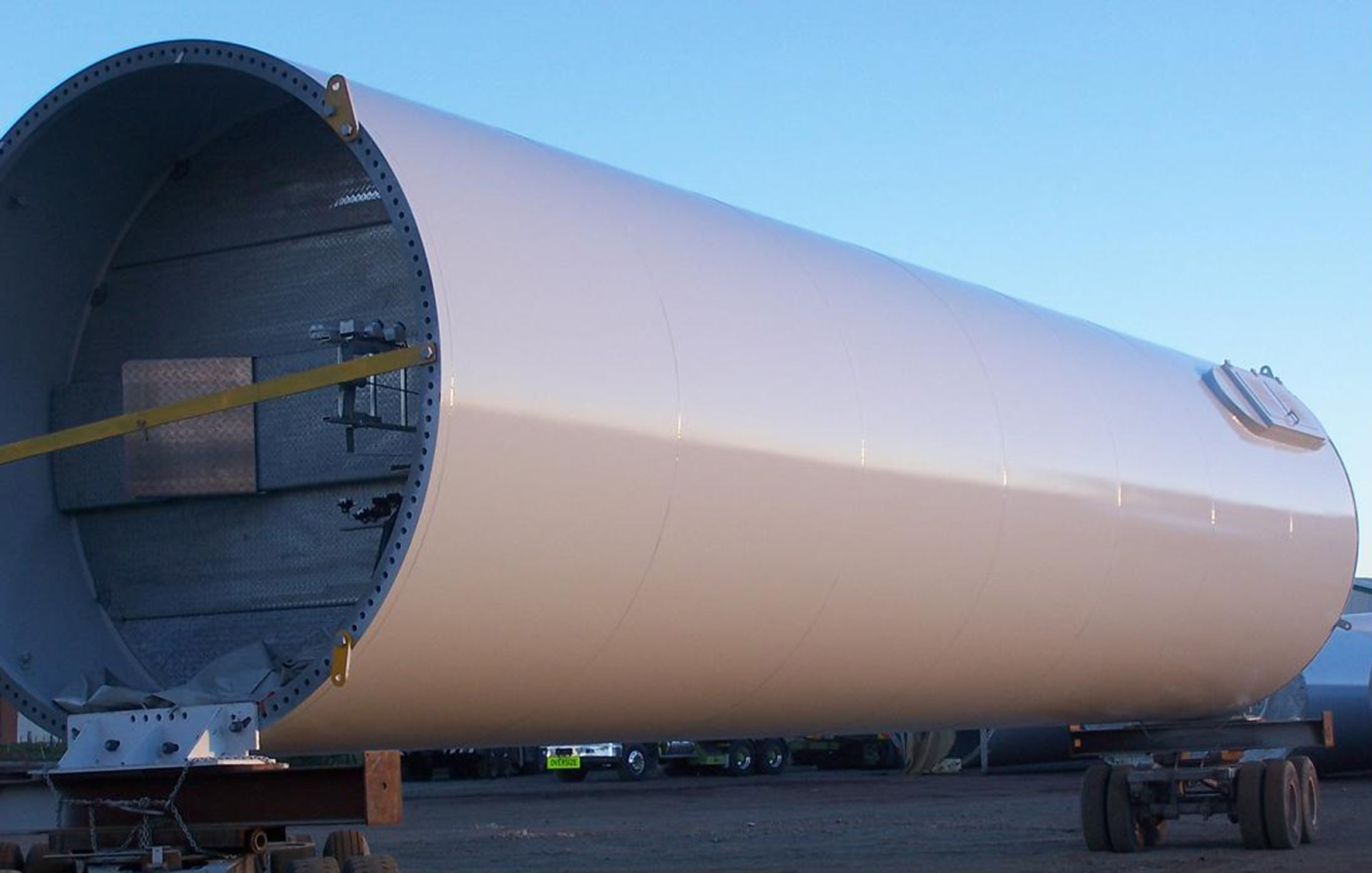Another aspect that makes the interface difficult is that the crossing is often through an environmentally sensitive area. For example, on Australia’s North West coast, the shore crossing for one offshore field is on Barrow Island, where there are strictly enforced quarantine restrictions. The requirement to strip down all equipment and vehicles for cleaning prior to them being shipped to the island increases the cost and time taken to service the pipelines there. Additionally once the shore crossing is completed, the installation is to have minimal environmental impact.
This Australian research has generated considerable interest overseas as it has never been properly addressed previously. Major international certification organisations such as Det Norske Veritas (DNV) have looked at adopting the findings of this Australian research to address the current gap in industry.
The most common CP system for subsea pipelines use sacrificial bracelet anodes that are clamped onto the pipeline approximately every 10 joints, or 120 metres. The anode is bonded to the pipeline via small wires, or bonding straps, fastened to studs welded directly to the pipeline.
Flanery stated that the latest CP systems used to replace those on ageing structures are orders of magnitude improvements on earlier systems. “On an ageing North Sea production platform, there were originally 900 sacrificial anodes for the CP system,” he stated. “We had to extend the life of the platform so designed a replacement system that used only eight impressed current anode sleds that were positioned on the sea bed around the platform.” According to Flanery, this design avoided the logistical problems of transporting more than 600 tonnes of replacement anodes by boat to the structure out into the ocean.
How CP systems are powered is a vital consideration for offshore structures. There is little spare space on a production platform so any equipment added to an existing structure must have a minimal footprint. Flanery stated that for the North Sea project, the power and control systems were contained inside one standard shipping container.
“There have been a number of advances that allow significant improvement in the monitoring and control of CP systems particularly when it comes to onshore pipelines,” Grapiglia said. Technology recently introduced into Australia now allows owners and operators of pipelines to easily upgrade old protection systems to allow for control as well as ongoing monitoring without having to replace the entire controllers.
Flanery concurred, stating “Cost saving is one of the biggest drivers of innovation, especially in the large-scale, challenging projects.”